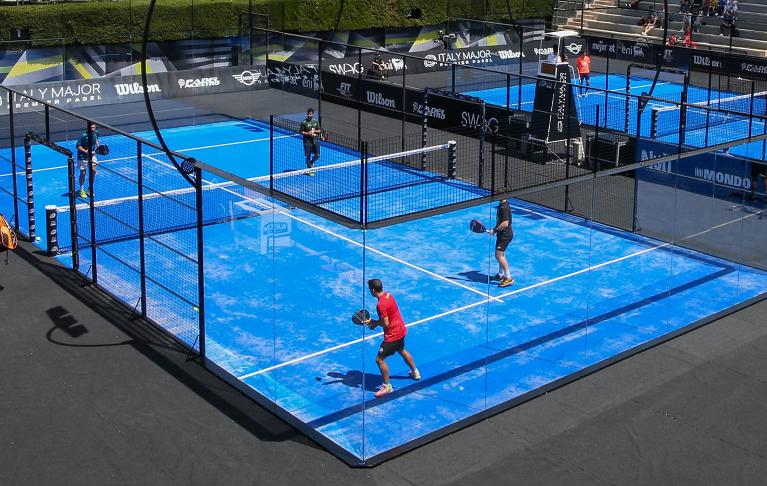Choosing the right paddle in ping pong is crucial for both beginners and experienced players aiming to improve their game. The intricacies involved in the design and choice of a ping pong paddle can significantly influence performance, making this a critical element in your sporting arsenal. When looking for the perfect paddle, understanding the specific attributes, such as blade type, rubber characteristic, and handle grip, helps in aligning with individual play styles and enhancing overall gameplay.

The blade is the backbone of any ping pong paddle and plays a major role in determining speed and control. Paddles are typically composed of 5 to 9 layers of wood, sometimes incorporating carbon or synthetic for added strength and reduced weight. A beginner might opt for a paddle with a softer wood to maximize control and allow for easier handling. Conversely, an advanced player often prefers a stiffer blade to capitalize on speed and power, allowing for aggressive play with enhanced precision.
Rubber characteristics directly affect the spin and speed of shots. Modern paddles offer various rubber types with different sponge thicknesses. A thicker sponge offers more speed, allowing players to deliver faster shots with reduced effort. Players focused on spin might choose a tacky rubber surface that grips the ball effectively, ideal for executing top spins and back spins effortlessly. For a seasoned player, rubber with a balance of spin and speed is preferred to maintain an edge over opponents in competitive scenarios.

The handle grip is pivotal in maintaining control during intense play. Common handle types include flared, anatomic, and straight, each catering to different gripping preferences. For instance, flared handles are popular among players who prioritize a secure grip during attack strokes. Anatomic handles, with their ergonomic design, provide comfortable handling, which is essential for long-duration matches. Choosing the right handle can prevent slippage and ensure the paddle feels like a natural extension of the player’s arm.
paddle in ping pong
Brand choice also impacts the quality and durability of a paddle. Reputable ping pong brands, such as Butterfly, Stiga, and DHS, consistently provide paddles that exceed stringent quality standards, ensuring long-lasting products. Endorsements from professional players can further guide choices, offering reassurance regarding the paddle's performance in competitive sports.
To maximize your paddle's lifespan and performance, regular maintenance such as cleaning the rubber surface after every use with a damp cloth and occasional reapplication of protective film is advised. Proper storage, avoiding exposure to direct sunlight or extreme temperatures, helps preserve the paddle's integrity, ensuring consistent performance.
In conclusion, selecting the right paddle is a blend of personal preference and understanding of the technical nuances that influence gameplay efficiency. Whether you are a beginner or an advanced player, investing time in acquiring the right paddle tailored to your style will inevitably lead to improved performance, greater satisfaction, and sustained growth in the sport. By considering factors such as blade type, rubber characteristics, handle grip, and brand reputation, players can ensure they possess a paddle that supports both current skills and future development in the dynamic world of table tennis.



